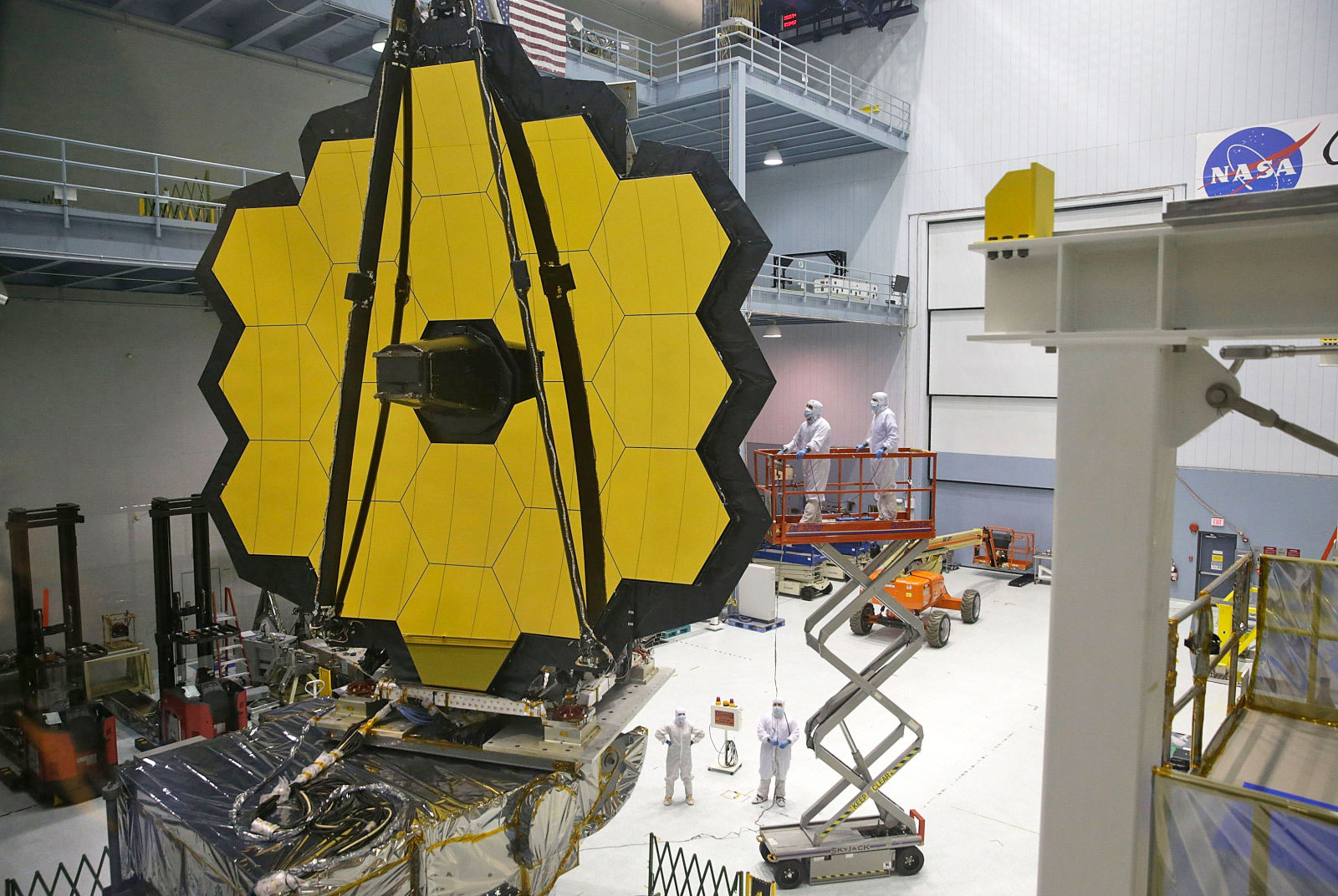
Others have been smaller, rocky Earth-like worlds, the kind considered candidates for harboring life, but currently available scientific instruments tell us little about their atmospheres. Some have been large gas planets akin to Jupiter. Scientists have discovered more than 4,300 exoplanets. The planet, named Kepler-452b, is in the hab. UCLA astronomer Jon Zink believes ''The discovery of each new world provides a unique glimpse into the physics that play a role in planet formation.'' NASAs Kepler mission has found several small planets outside the Solar.

Since then, it has been collecting data for essential projects. The Kepler space telescope was launched into Earth-trailing heliocentric orbit two decades ago. The study, conducted by the University of California, has published in 'The Astronomical Journal.'Īccording to astronomer Erik Petigura, "Discovering hundreds of new exoplanets is a significant accomplishment by itself, but what sets this work apart is how it will illuminate features of the exoplanet population as a whole."Īlso see | Want to become a space tourist? Here is all you need to do It’s about as easy as looking for the single blink of a firefly in the middle of a motorway, using only a handheld phone.Scientists developed an algorithm for identifying dips in stellar brightness that indicates the presence of an orbiting exoplanet. From that cacophony, we try to extract tiny, characteristic brightenings caused by planets, and we only have one chance to see a signal before it’s gone. The blackened gaps in the center and along the top are the result. 25th, 2018, represents the last light obtained by the space telescope. Our observations pointed an elderly, ailing telescope with blurred vision at one the most densely crowded parts of the sky, where there are already thousands of bright stars that vary in brightness, and thousands of asteroids that skim across our field. Kepler‘s final image (shown at top), taken on Sept. Iain notes: “These signals are extremely difficult to find. This meant that new data reduction techniques had to be developed to look for signals within the Kepler dataset. Kepler was not designed to find planets using microlensing, nor to study the extremely dense star fields of the inner Galaxy. Roughly one out of every million stars in our Galaxy is visibly affected by microlensing at any given time, but only a few percent of these are expected to be caused by planets. The accuracy of Tycho's observations was good enough for Kepler to show. In 1609, the same year that Galileo Galilei first turned his telescope towards the heavens, Kepler caught a glimpse of what he thought might be the answer. This produces a short burst in brightness that can last from hours to a few days. When Tycho died, Kepler was able to obtain Brahe's observational data and attempted to puzzle out what they meant.

Predicted by Albert Einstein 85 years ago as a consequence of his General Theory of Relativity, microlensing describes how the light from a background star can be temporarily magnified by the presence of other stars in the foreground. During this two-month campaign, Kepler monitored a crowded field of millions of stars near the centre of our Galaxy every 30 minutes in order to. UK, (now based at the Open University, UK) used data obtained in 2016 during the K2 mission phase of NASA’s Kepler Space Telescope. Such planets may perhaps have originally formed around a host star before being ejected by the gravitational tug of other, heavier planets in the system. Kepler telescope glimpses a free-floating planet population. India and Russia sign 5 Pacts India re-elected. These new events do not show an accompanying longer signal that might be expected from a host star, suggesting that these new events may be free-floating planets. June NASA's Kepler Telescope inds 10 Earth-like Planets May 2017 second hottest month in 137 years- NASA. However, the four shortest events are new discoveries that are consistent with planets of similar masses to Earth. Webb, or a similar spacecraft in the future, could pick up signs of an atmosphere like our own oxygen, carbon dioxide, methane. Many of these had been previously seen in data obtained simultaneously from the ground. The James Webb Space Telescope, launched in 2021, could get the first glimpses: the mix of gases in the atmospheres of Earth-sized exoplanets. The study team found 27 short-duration candidate microlensing signals that varied over timescales of between an hour and 10 days.

During this two-month campaign, Kepler monitored a crowded field of millions of stars near the center of our Galaxy every 30 minutes in order to find rare gravitational microlensing events. The study, led by Iain McDonald of the University of Manchester, UK, (now based at the Open University, UK) used data obtained in 2016 during the K2 mission phase of NASA’s Kepler Space Telescope. The Kepler mission has been optimized to search for Earth-size planets (0.5 to 10 earth masses) in the HZ (Habitable Zone) of solar-like stars.


 0 kommentar(er)
0 kommentar(er)
